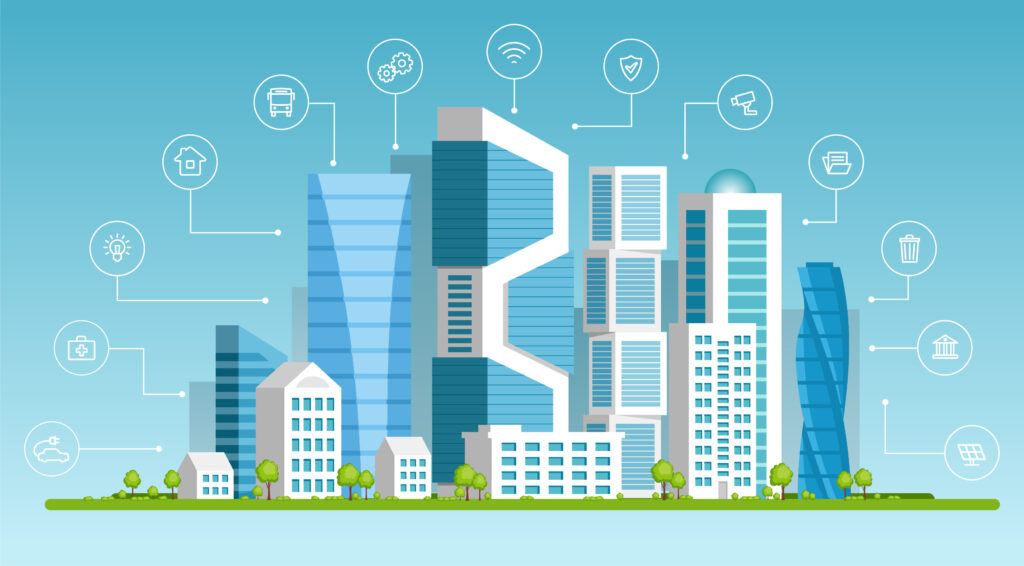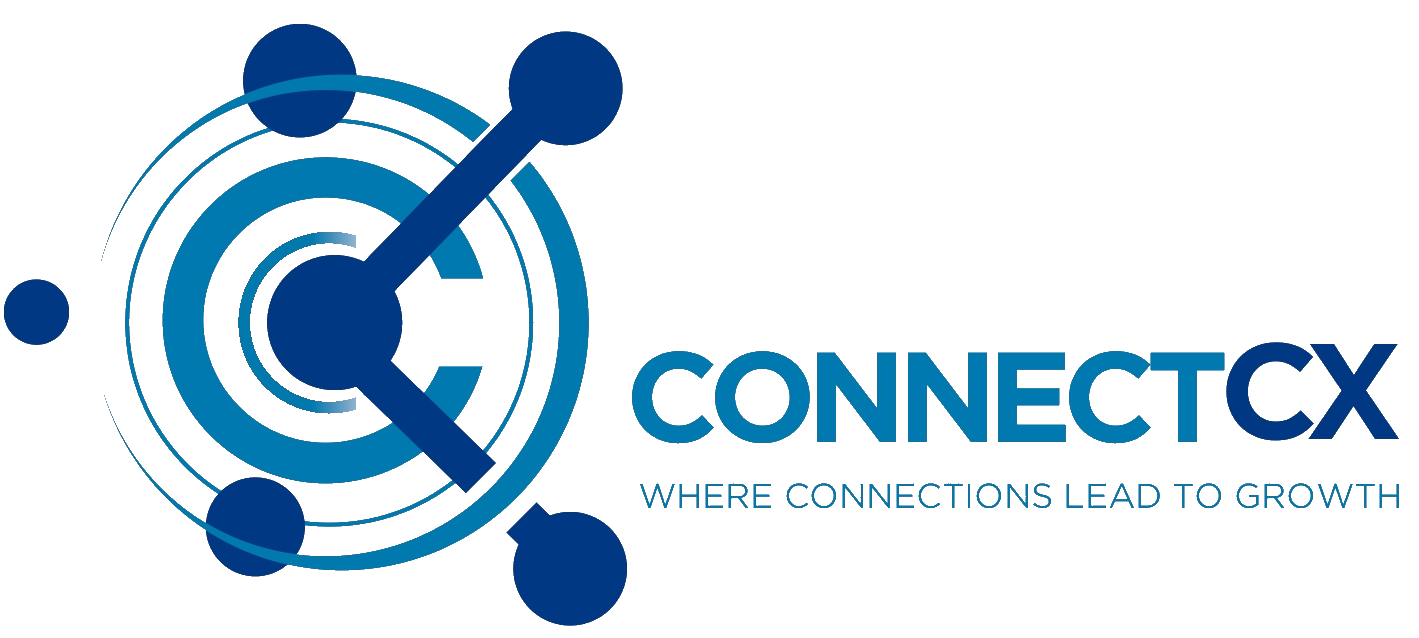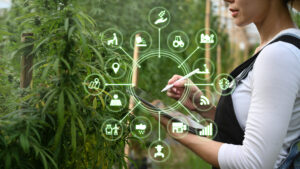Looking to the future of our urban environments, you consider how technology can continue transforming our cities into more intelligent hubs of innovation and sustainability. With the Internet of Things (IoT) already embedded into many aspects of urban planning, you examine how the next wave of smart city solutions can take advantage of 5G, AI, and other emerging technologies to create smarter mobility, infrastructure, utilities, and public services. As a forward-thinking urban planner, technologist, or resident, you will gain insight into the coming generation of urban IoT and what it means for more livable, efficient, and safe cities in the years ahead. There are opportunities and challenges to evaluate as we move toward this more innovative future.
The Evolution of Smart Cities and Urban IoT

1. First Generation: Monitoring and Optimization
The first generation of smart cities focused on using IoT sensors to monitor city infrastructure and optimize resources. Solutions included smart meters that track energy and water usage, traffic sensors that monitor vehicle flow, and environmental sensors that measure air quality. These tools provided data to help cities gain efficiencies and improve sustainability.
2. Second Generation: Connected Infrastructure and Mobility
The next wave of smart cities integrated IoT connectivity across infrastructure and transportation systems. Solutions like intelligent streetlights, smart parking, and bike-sharing improved mobility. Interconnected public utilities, waste management, and healthcare systems increased convenience and access to city services. Many cities employed data analytics and AI to gain insights from all these connected systems to improve planning and resource allocation.
3. Third Generation: Fostering Community and Livability
The latest generation of smart cities uses technology to enhance livability, community, and quality of life. Solutions include smart benches, interactive art installations, and augmented reality experiences. Community apps connect and empower residents. Predictive analytics anticipate challenges like overcrowding in public spaces.
Smart cities have evolved to focus on efficiency, infrastructure, people, and experiences. By seamlessly integrating technology into the fabric of the city, the smartest cities use IoT and data to serve residents, fostering a sense of community and place. The cities of the future will keep pushing the boundaries of how technology can enhance sustainability, mobility, and livability.
Key Areas Where IoT Is Improving Urban Living
Transportation and Traffic Management
- IoT in transportation aims to reduce traffic and congestion in cities. Smart sensors and connected devices monitor traffic flow and optimize traffic light timing. Real-time data helps city officials adjust traffic routes and public transit schedules for faster travel times. Autonomous vehicles will also eventually integrate into smart transportation networks.
Public Safety
- IoT enhances public safety through connected devices like security cameras, emergency alert systems, and gunshot detection sensors. Surveillance cameras with facial recognition software can identify suspects and alert authorities to help reduce crime. Emergency alert systems notify citizens of dangerous events like severe weather, accidents, or active shooters. Gunshot detection sensors pinpoint the location of gunfire and automatically alert police.
Energy and Utilities
- Smart meters and sensors help monitor and manage city energy and water usage. Connected devices detect leaks or waste and enable automated shutoffs. Citizens can track utility usage through apps and modify behaviors to save resources. Smart grids also redistribute excess energy from renewable sources like solar panels to where demand is highest. These efficiencies ultimately lower costs and environmental impact.
Building Automation
- In smart buildings, IoT controls systems like lighting, heating, security, and more. Occupancy sensors detect when rooms are unoccupied and adjust lighting and temperature accordingly. Smart thermostats learn optimal heating and cooling settings based on usage. Security systems monitor for hazards like fires, water leaks, or unauthorized access and send alerts. Building automation aims to reduce costs and provide convenience.
In summary, IoT solutions enhance city life through intelligent resource management and connected systems. Continued innovation in smart cities will make urban living more sustainable, efficient, and secure.
The Next Generation of Smart City IoT Solutions
i. Predictive Analytics and AI
- The rapid data growth in smart cities enables predictive analytics and artificial intelligence (AI) to gain actionable insights. Advanced algorithms can detect patterns in urban data to forecast events, optimize operations, and personalize services. For example, predictive policing uses data to determine areas where crime is more likely to occur. AI-enabled traffic management systems can predict congestion and dynamically adjust traffic signals to keep vehicles moving.
ii. Hyper-Local Sensing
- New IoT sensors provide hyper-local, real-time data on urban activity. Environmental sensors monitor pollution, weather, and geological activity. Infrastructure sensors track the structural health of buildings, roads, and utilities. Emerging biosensors even detect disease outbreaks by sampling wastewater. Combined, these hyper-local data streams create a digital profile of what’s happening at the neighborhood level across an entire city.
iii. 5G and Edge Computing
- Faster 5G networks and edge computing are bringing smart city IoT solutions to the next level. 5G provides the high bandwidth and low latency needed to collect and analyze data from thousands of IoT devices instantly. Edge computing pushes data processing out to the “edge” of the network near the source, enabling real-time responsiveness. Together, 5G connectivity and edge computing allow smart cities to take immediate action based on the data their solutions generate.
iv. Open Data Platforms
- Open data platforms make urban data accessible to citizens, researchers, and entrepreneurs. When data is open, transparent, and shared, it sparks innovation and fuels the creation of new services that improve quality of life. Open data also promotes civic participation by giving residents insight into what’s happening in their cities. Open data platforms transform information into a strategic asset that generates economic and social value.
The next wave of smart city IoT solutions will leverage advanced technologies to gain a more holistic understanding of urban life. As data becomes more ubiquitous and intelligent, smart cities are poised to reach new heights of efficiency, sustainability, and livability. The future is a data-driven city that never stops learning, adapting, and improving.
Building Smarter, More Livable Cities With IoT
As smart cities continue to evolve, the next generation of Internet of Things (IoT) solutions is enabling urban areas to become more efficient, livable, and safe havens for citizens. Integrating IoT sensors and devices into urban infrastructure and services allows cities to gain valuable insights and optimize systems.
Improved Infrastructure Management
- IoT sensors embedded in roads, bridges, and buildings provide real-time data on structural health and conditions. Analytics can detect slight changes indicating damage or repairs that must be made early on. This preventative maintenance helps reduce costs from significant issues and ensures public safety. Smart meters and utility grids powered by IoT balance energy usage during peak times and prepare for potential outages.
Enhanced Public Services
- IoT solutions enhance public services through automation and optimization. Smart streetlights brighten when detecting pedestrian or vehicle movement, then dim when no activity is present, cutting energy usage and costs. IoT-enabled waste management routes optimize pickup schedules and notify crews when public bins fill up. Smart parking spots detect when vehicles leave a space and communicate availability to drivers, reducing traffic and emissions from circling to find parking.
Increased Safety and Security
- IoT devices with computer vision, audio, and motion sensors help monitor public areas for threats. Gunshot detection systems alert officials within seconds of hearing gunfire. Smart cameras detect anomalies and send alerts if unfamiliar packages or vehicles are left unattended. Emergency response times are faster thanks to IoT solutions that provide real-time traffic data and route emergency vehicles through the quickest path.
The next generation of smart cities, powered by advanced IoT technologies, creates urban environments that improve infrastructure, public services, and citizens’ safety. While respecting privacy concerns, smart cities aim to enhance the quality of life through data-driven solutions and insights not previously possible. The future looks bright for more innovative, connected, and livable cities.
IoT: The Future of Urban Living in Smart Cities
Smart cities are evolving rapidly with the rise of the Internet of Things (IoT), bringing more advanced solutions to urban environments.
Infrastructure
IoT sensors and networks are enhancing infrastructure in smart cities. Motion sensors control streetlights and reduce energy usage. Embedded sensors monitor water quality and detect leaks in pipes to improve efficiency. Smart meters track energy usage in buildings and homes, empowering people to use resources sustainably.
Transportation
IoT is optimizing transportation in smart cities. Traffic sensors and signals optimize traffic flow and reduce congestion. Smart parking systems help drivers find spaces quickly. Real-time arrival information makes public transit more convenient and reliable. Autonomous vehicles will eventually navigate intelligently through smart cities, transporting people and goods safely and efficiently.
Public Services
IoT improves public services in smart cities, such as waste management, healthcare, and public safety. Smart waste bins signal when they need to be emptied, optimizing collection routes. IoT healthcare solutions monitor patients remotely and improve diagnostics. Gunshot detection systems alert authorities to potential incidents. 24-hour city surveillance and emergency alert systems keep citizens safe using IoT.
A Connected Future
The next generation of smart cities will leverage advanced IoT and 5G connectivity to enhance livability, sustainability, and economic opportunity. With ubiquitous sensors, fast and reliable networks, and intelligent systems, tomorrow’s smart cities will anticipate needs, prevent problems, and enrich lives in increasingly seamless ways. The future of urban living is connected, and IoT is paving the way for smarter, more responsive cities that put people first. Overall, IoT solutions are transforming smart cities into highly efficient, sustainable, and safe places where citizens can live with a high standard of living.
In Short…
Smart cities have come a long way since their inception but still have vast potential waiting to be unlocked. With the rapid evolution of the Internet of Things and artificial intelligence, we stand at the precipice of a new era of brilliant and responsive urban environments. As citizens, we must engage with civic leaders to ensure these technologies are implemented ethically and for the benefit of all. While the risks of mass surveillance and digital exclusion loom large, the promise of sustainability, equality, and community empowerment through emerging solutions cannot be ignored. We must have faith that if the human values of democracy and social justice lead the way, our cities can enter a new age of prosperity, accessibility, and quality of life for all. What happens next depends on each of us playing an active role in shaping the smart cities of the future.
More Stories
Microsoft Unveils Windows 365 Link : A Compact Gateway to Cloud Computing
Microsoft’s latest innovation, the Windows 365 Link, emerges as a game-changing solution for your business. This compact, fanless mini PC represents a significant leap forward in cloud connectivity, offering you a streamlined gateway to Windows 365 Cloud PCs
Madison Technologies’ AI-Powered Rail Safety Innovation Earns Top Global Cisco Award
As you navigate the complex landscape of rail safety innovation, you'll find that Madison Technologies has emerged as a true...
Google’s AI-Enhanced Chrome: A New Era of Automated Web Navigation
Google's latest innovations in Chrome are set to revolutionize the browsing experience. The tech giant is introducing AI-enhanced features that...
Qualcomm Signals Smartphone Revival with China’s High-End Demand Surge and AI-Driven Upgrades
Qualcomm's recent predictions offer a compelling narrative of revival in the smartphone industry. The company's projections, surpassing Wall Street expectations,...
Malaysia’s Data Center Boom: Job Growth Meets Rising Concerns Over Power and Water Scarcity
Johor’s data center boom exemplifies the delicate balance between economic advancement and environmental stewardship.
Telstra’s IoT State of the Nation 2024: Shaping a Data-Driven, Climate-Ready Australia Through IoT Innovation
As we await Telstra’s IoT State of the Nation 2024 event, let’s observe Australia’s digital transformation. This pivotal gathering on November 14 in Sydney promises to unveil groundbreaking insights into the Internet of Things (IoT) landscape.



